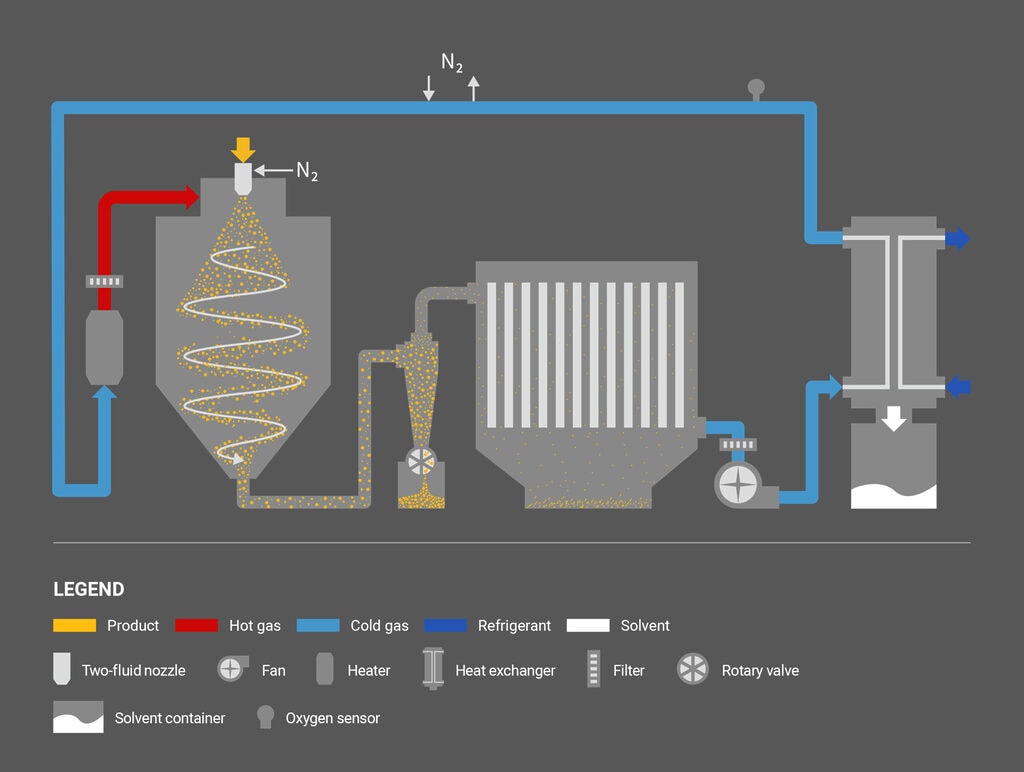Liquid atomization is the most important element in particle design for spray dryers, spray coolers and freeze granulators. Liquid materials such as solutions, gels, suspensions, slurries and emulsions are sprayed or atomized into powder manufacturing processes using atomization systems such as rotary atomizers and spray nozzles. A liquid material is atomized and droplets are formed by an atomization system. As droplets become smaller, their specific surface area rapidly increases. Therefore, with a spray dryer, the moisture in the droplets evaporates and dries in a short period of time, ranging from a few seconds to several tens of seconds. Similarly, droplets are solidified within a short period of time in spray cooling and freeze granulation. The particle size and shape of powders are strongly influenced by the shape of droplets during atomization. Therefore, the first step for designing a powder manufacturing process is to determine the right atomization system and operating conditions that can produce the desired granule quality.

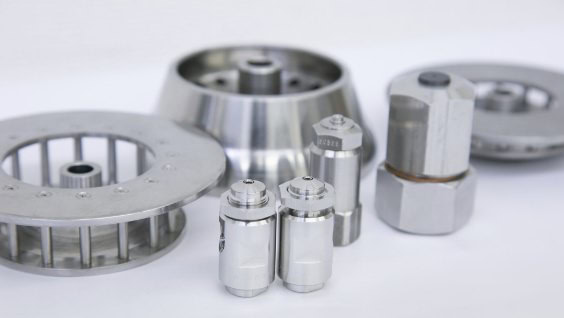
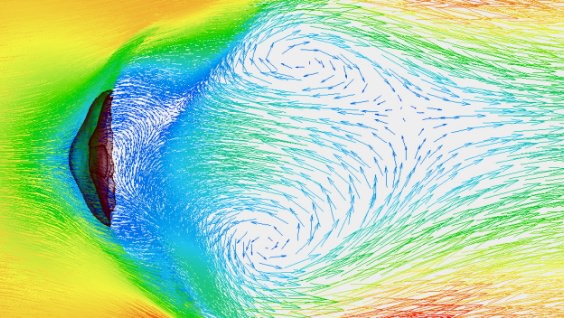
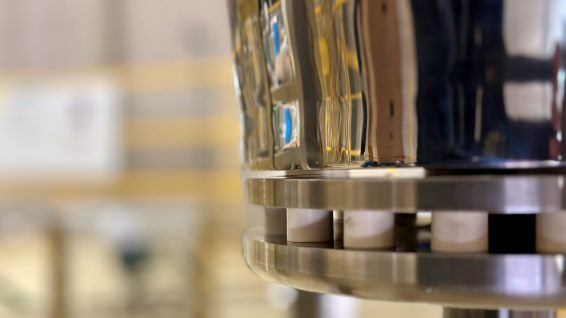

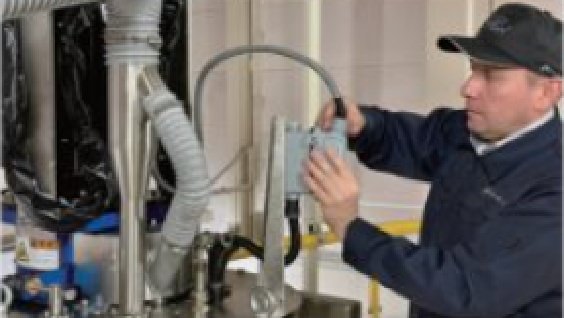
Two drive modes are available: direct drive and belt drive. We select the most suitable model according to the liquid feed rate, disc size and shape, and rotational speed.
Rotation sensors, bearing temperature sensors and safety interlock systems are included as our standard system. Vibration monitoring sensors and liquid leakage detection sensors can be added as options.
Rotational speed control or Auto-PSD-Control System (patented) can be selected.
Air cooling system or oil cooling system can be selected depending on the model.
A variety of disc models designed in-house including our unique patented disc models can be selected.
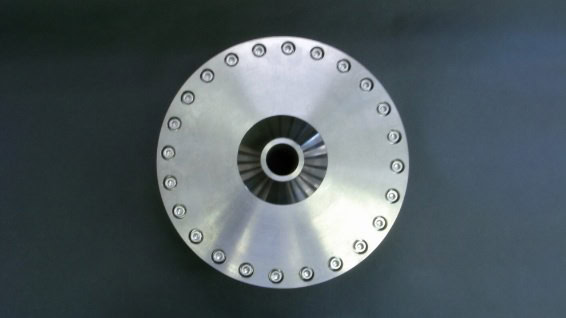
A wide variety of materials including stainless steel, Super Duplex (SAF 2507), titanium, Inconel, Hastelloy C276, or ceramics such as alumina, zirconia, silicon nitride, and silicon carbide are available.

Tungsten thermal spraying treatment or stainless steel special hardening are available for preventing wear and tear. A special coating treatment to improve the slipperiness of liquid can also be selected.
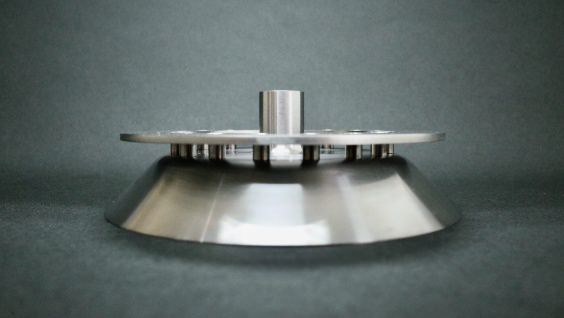
Discs with various shapes can be selected depending on the application and material properties. We have developed a variety of original discs, including the Coanda disc (patented), which utilizes the Coanda effect (the effect that fluid is attracted to nearby walls).
Nozzle atomization is an atomization system that atomizes liquid using external energy such as liquid pressure, compressed gas, or ultrasonic waves. Our lineup includes single-fluid nozzle (pressure nozzle) atomization by pump pressure, two-fluid nozzle atomization by mixing and colliding of compressed gas, and ultrasonic nozzle atomization by liquid film vibration using ultrasonic waves. Our state-of-the-art two-fluid nozzle has excellent atomization performance and is capable of atomizing particles in single micron order.
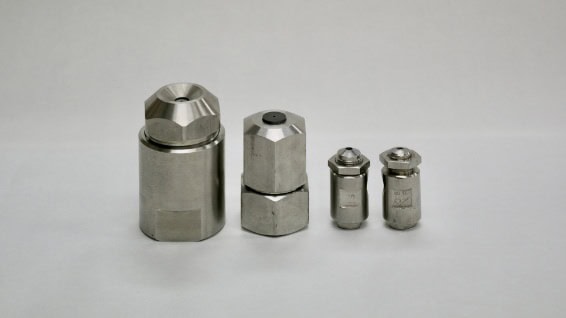

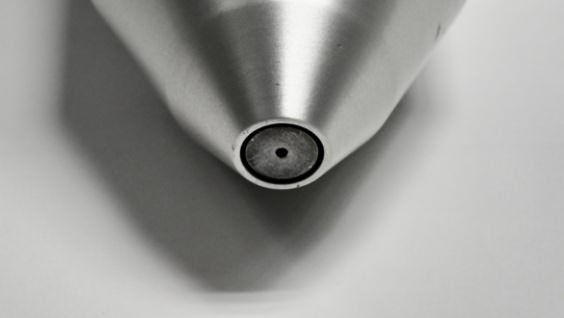
Pressure nozzles, also called single-fluid nozzles, are an atomization system in which liquid is atomized by the pressure of a pump. The liquid flow pressurized by a pump creates a swirling flow within the nozzle chamber and is atomized by being discharged from the nozzle orifice at high speed. The droplet size range for pressure nozzles is typically from 30 μm to a few millimeters. The particle size range as a powder is 15 to 500 μm in spray drying, 30 μm to several millimeters in spray cooling, and 30 to several hundred μm in freeze granulation. The liquid pressure can be set within a wide range. Materials are selected based on wear, corrosion and heat resistance, etc. Our original universal nozzle system is one of our unique technologies that allows to freely adjust the nozzle angles. The system can improve production efficiency and yield by calculating the optimal number of nozzles and feed rate per unit, and designing an appropriate layout according to the process chamber size.
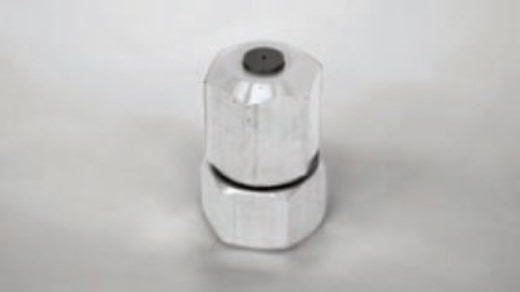
Two-fluid nozzles are an atomization system in which compressed gas impinges and mixes with a liquid stream. The liquid flow fed by a pump collides and mixes with the compressed gas flow inside the nozzle. Our state-of-the-art two-fluid nozzle has the same level of performance as multi-fluid nozzles such as four-fluid nozzles, and can atomize to single microns while significantly reducing compressed gas consumption. The droplet size range is typically from a single micrometer to around 70 μm. The particle size range as a powder is from sub-micron to 30 μm in spray drying, from 10 to several hundred μm in spray cooling, and from 10 to several hundred μm in freeze granulation. Spray patterns can be adjusted by the mixture ratio of compressed gas and liquid (gas-liquid ratio). The higher the compressed gas pressure, the finer the atomized droplets are. Our two-fluid nozzles are designed to prevent clogging even for highly viscous materials. The most suitable material is selected by considering wear, corrosion and heat resistance, etc.
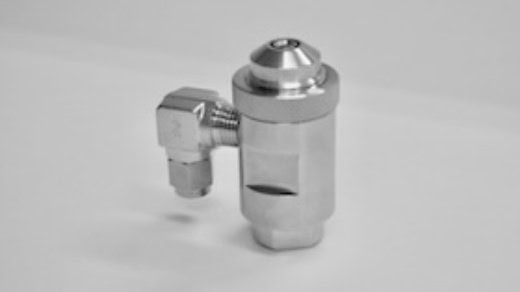
Ultrasonic nozzles are an atomization system that utilizes ultrasonic waves to vibrate the liquid film in order to destabilize and atomize a liquid material. The mechanical vibrations amplified by the ultrasonic oscillator create standing waves in the liquid flow and ripple the liquid film. The liquid film is atomized when the energy of ultrasonic waves exceeds the surface tension. Since a liquid is atomized without pressure, there is almost no kinetic energy, resulting in a slow and soft atomization. Droplets atomized without pressure are uniform regardless of the flow rate, resulting in a sharp particle size distribution. The droplet size range varies depending on the nozzle type and output, but is generally on the order of tens to hundreds of micrometers.
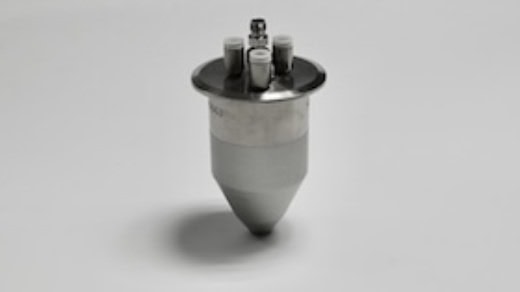
Rotary atomization is an atomization system in which liquid material is supplied to a disc that rotates at high speed and atomized from the periphery of the disc by centrifugal force. It is also called centrifugal atomization because it uses centrifugal force from high-speed rotation to atomize a liquid material. A continuously supplied liquid material becomes liquid thin film that reaches the periphery of the disc and create droplets by the destabilization of the liquid. A state of liquid atomization is designed and controlled by the centrifugal force determined by the diameter and rotational speed of the disc, disc shape, liquid feed rate, and physical properties of the liquid material such as density, viscosity and surface tension. The droplet size range for rotary atomizers in general is from 20 micrometers to several millimeters. The particle size range as a powder is 10 to 200 μm in spray drying, 20 μm to several mm in spray cooling, and 20 to several hundred μm in freeze granulation. The shape of the droplets becomes spherical thanks to surface tension, resulting in granules with sharp particle size distribution and excellent flowability.
Our rotary atomizers have a maximum capacity of 25 t/h and a rotational speed up to 35,000 rpm, allowing to select the model that best suits your purpose.
Milk, Infant formula, Creamer, Whey, Lactobacillus, Lactobacillus bifidus, Lactoferrin, Coffee, Tea, Green tea catechin, Alginic acid, Collagen peptides, Keratin, Chitosan, Glucosamine, Chondroitin, Agaricus, Propolis, Yeast, Ascorbic acid, Vitamins, Citric acid, Flavonoids, Isoflavonoids, Fumaric acid, Malic acid, Succinic acid, Tartaric acid, Phytic acid, Stevia, Inulin, Tongkat ali, Moringa, Maca, Arnica, Turmeric, Coptis rhizome, Gentian, Salacia, Microcapsules such as EPA/DHA, etc., Oil emulsion microcapsules, Hydrophilic powdered oils, Coconut oil, Starch, Dextrin, Trehalose, D-mannitol, Fructose, Glucose, Oligosaccharides, Food flavorings, Spices, Seasonings (Marine products, Livestock products, Agricultural products, etc.), Powdered alcohol, Natural pigments, Synthetic colorants, Viscous agent, Bio-gum, Locust bean gum, Xanthan gum, Antioxidant, Preservatives, Quality improvers, Plant extracts, Minerals, Algae, Green juice, Fruit juice, Egg white, Processed seafood products, Plant proteins, Animal proteins, Enzyme, Animal feeds
Medicines, Biopharmaceuticals, Active pharmaceutical ingredients (APIs), Poorly-soluble pharmaceutical microcapsules, Colloid carriers (Liposomes, Polymeric microspheres, Polymeric nanoparticles, Microemulsions), Antibiotics, Solid dispersion formulations, Amorphous formulations, Excipients, Polyethylene glycol (PEG), Polylactic acid (PLA), Polycaprolactone (PCL), Lactic acid-glycolic acid copolymer (PLGA), Pectin, Water-soluble polymer, Carboxyvinyl polymer, Quaternary ammonium compound, Enzyme, Yeast, Herbal medicines, Brown algae extracts, Supplements
Silica, Sodium silicate, Calcium carbonate, Catalyst, Polymer, Polyvinyl alcohol (PVA), Polyethyleneimine (PEI), Polyvinylpyrrolidone (PVP), Pigment, Dye, Soap, Detergent, Surfactant, Zeolite, Cosmetics, Lignin, Ammonium sulfate, Phosphorous solution, Urea, Fertilizer, Herbicides, Pesticides, Insecticides, Ammonium carbonate, Paints, Melamine resins, Acrylic resins, Phenolic resins, Epoxy resins, Urea resins, Amino plastics, Resin emulsions, Functional plastics, Bioplastics, Biodegradable plastics, Elastomers, Latex, Vinyl chloride, Vinyl acetate, Battery materials, Titanium oxide, Phosphoric acid compounds, Calcium phosphate, Natural apatite, Methylcellulose (MC), Hydroxypropyl methylcellulose (HPMC)
Alumina (Al2O3), Zirconia (ZrO2), Silica (SiO2), Silicon nitride (Si3N4), Sialon (SiAlON), Silicon carbide (SiC), Aluminum nitride (AlN), Boron nitride (BN), Titanium oxide (TiO2), Magnesium oxide (MgO), Barium titanate (BaTiO3), Steatite (MgO・SiO2), Mullite (3Al2O3・2SiO2), Ferrite (Fe2O3), Zircon (ZrSiO4), Yttria (Y2O3), Ceria (CeO2), Cermet (TiC, TiN), Tungsten carbide (WC), Nickel alloy, Aluminum alloy, Magnesium alloy, Titanium alloy, Cobalt alloy, Rare metal, Rare earth, Bio ceramics
Electronic materials, Multilayer ceramic capacitors (MLCC), Semiconductors, Insulators, Magnetic materials, Dielectrics, Glass materials, Sensors, Catalysts, Refractory materials, Pulp materials, Dental materials, Hydroxyapatite, Cellulose, Cellulose nanofibers (CNF), Synthesis rubbers, Synthetic fibers, Carbon, Graphene, Carbon nanotubes (CNT), Superconducting materials, Toners, Abrasives, Carbide tools, Optical fibers, Battery materials, Lithium ion secondary battery cathode materials, Sodium ion battery materials, All solid state battery materials
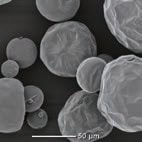
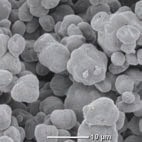
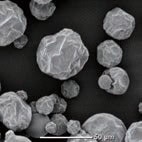
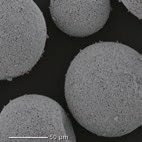
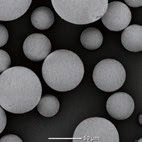
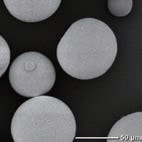
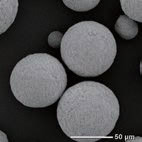
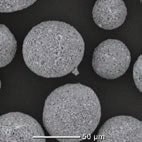

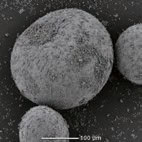
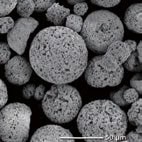
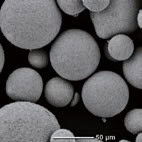
PRECI is a hybrid process engineering company possessing a range of different cutting-edge technologies. The primary scope of business is powder technology, biotechnology, and high-precision cleaning processes.
Focusing on spray dryers and spray coolers, PRECI’s powder technology team is active in a wide range of industry sectors, from pharmaceuticals and foodstuffs, through leading-edge materials in metals and fine ceramics, to organic chemicals.
Our strength is that we can customize the design of almost all of our products to meet the client’s specific requirements. From research to production scale processes, we offer a detailed consultation to provide processes that satisfy our customers.
Cutting-edge technologies
Customized design
Available for product trial and development
PTC 1 – Kawasaki / Japan
PTC 2 – Kawasaki / Japan
PTC ASEAN – Chonburi / Thailand

